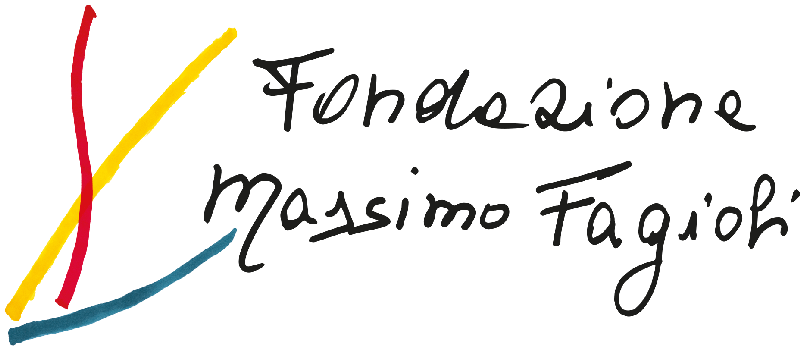The research deals with the theme of knowledge in the light of the “Birth Theory“ (BT) developed by Massimo Fagioli with the publication of Death instinct and knowledge1.
Philosophers and scientists have constantly debated around the theme and the foundations of knowledge.However, one significant element unites all these, albeit radically different, approaches. It consists in the fact that the process of knowledge – whether read on an innatist or, conversely, experiential basis – remainsa process that places the human being in comparison with the world and with himself as a mature andrational being.The BT proposes a radical reversal with respect to the scientific-philosophical status of the term”knowledge” acquired in the gnoseological field because it places the drive reaction to the aggressiveness of nature at the centre of the reality of the human being at birth, relating it to the cognitive act.In the BT, by giving man at birth the creativity of “turning that which is into that which is not, and that which is not into that which is”2, the death instinct (fused with vitality) becomes the activator of the process of knowledge. The absolute novelty is that all this happens thanks to a totally unconscious dynamic through which the newborn acquires a knowledge on the basis of which he orients his existence, as he will then continue to do in his subsequent development.The absolute novelty of Fagioli’s theorization consists precisely in the discovery of the non-conscious dimension as the foundation of the human being and the possibility of understanding this dimension that can only be achieved through a separation from the “knowledge” mode of the material world. Fagioli will call this kind of proto-knowledge “new knowledge”3.
Note
- Fagioli M., Istinto di morte e conoscenza (1972), L’asino d’oro edizioni, Roma 2017 (trad. engl. 2019).
- Ibidem, pag. 294
- Fagioli M. Left 2016-2017, L’Asino d’oro edizioni, Roma 2019, pag. 297 (La mente razionale non dà la conoscenzanuova)
References
- – Kuhn, T. S. (1962). The Structure of Scientific Revolutions. Chicago: International Encyclopedia of Unified Science (trad. it. La struttura delle rivoluzioni scientifiche, Einaudi, Torino, 1969).
- – Descartes, R. (1644) Principia philosophiae [suivi de] Specimina philosophiae. Amsterdam: Elzvir. (trad. it. I Principi della filosofia, Laterza, Bari, 2005)
- – Hobbes, T. (1651). Leviathan. London: A. Crooke (trad. it. Leviatano, Bompiani, Milano, 2001)
- – Locke, J. (1690). An essay concerning human understanding. London (trad. it. Saggio sull’intelletto umano, Bompiani, Milano, 2004).
- – Hume,D. (1740). A Treatise of Human Nature (Abstract). Published anonymous (trad. it. Estratto del Trattato sulla Natura Umana. Laterza, Bari, 1983).
- – Fagioli, M. (1972). Istinto di morte e conoscenza. Roma: L’asino d’oro, 2017.
- – Fagioli, M. (1974). La marionetta e il burattino. Roma: L’asino d’oro, 2011.
- – Fagioli, M. (1975). Teoria della nascita e castrazione umana. Roma: L’asino d’oro, 2012.
- – Fagioli, M. (1980) Bambino donna e trasformazione dell’uomo. Roma: L’asino d’oro, 2013.
- – Fagioli, M. (2019) Left 2016-2017. Roma: L’asino d’oro.
